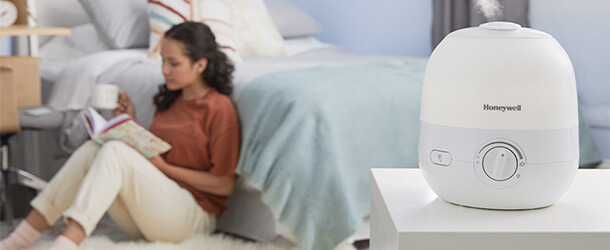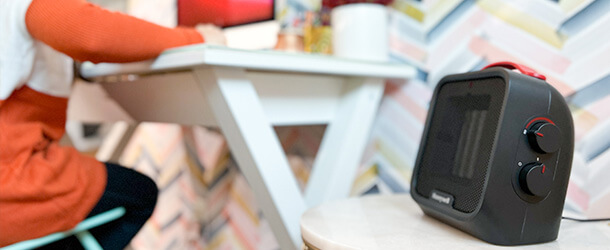Blog
Understanding Industry Standards for the Best Air Purifier for Home and How to Choose the Right One
In today's world, where air quality has become a critical concern, choosing the right air purifier for home has significant implications for health and well-being. According to a report by the Environmental Protection Agency (EPA), indoor air can be up to five times more polluted than outdoor air, underscoring the importance of effective air purification solutions. The market for air purifiers has seen substantial growth, projected to reach $29 billion by 2026, as more consumers become aware of the benefits of these devices. However, with an overwhelming array of options available, understanding industry standards is essential for selecting a high-quality air purifier that meets specific needs. This blog will explore the key factors to consider when searching for a reliable supplier and how to navigate the increasingly complex landscape of air purification technology.
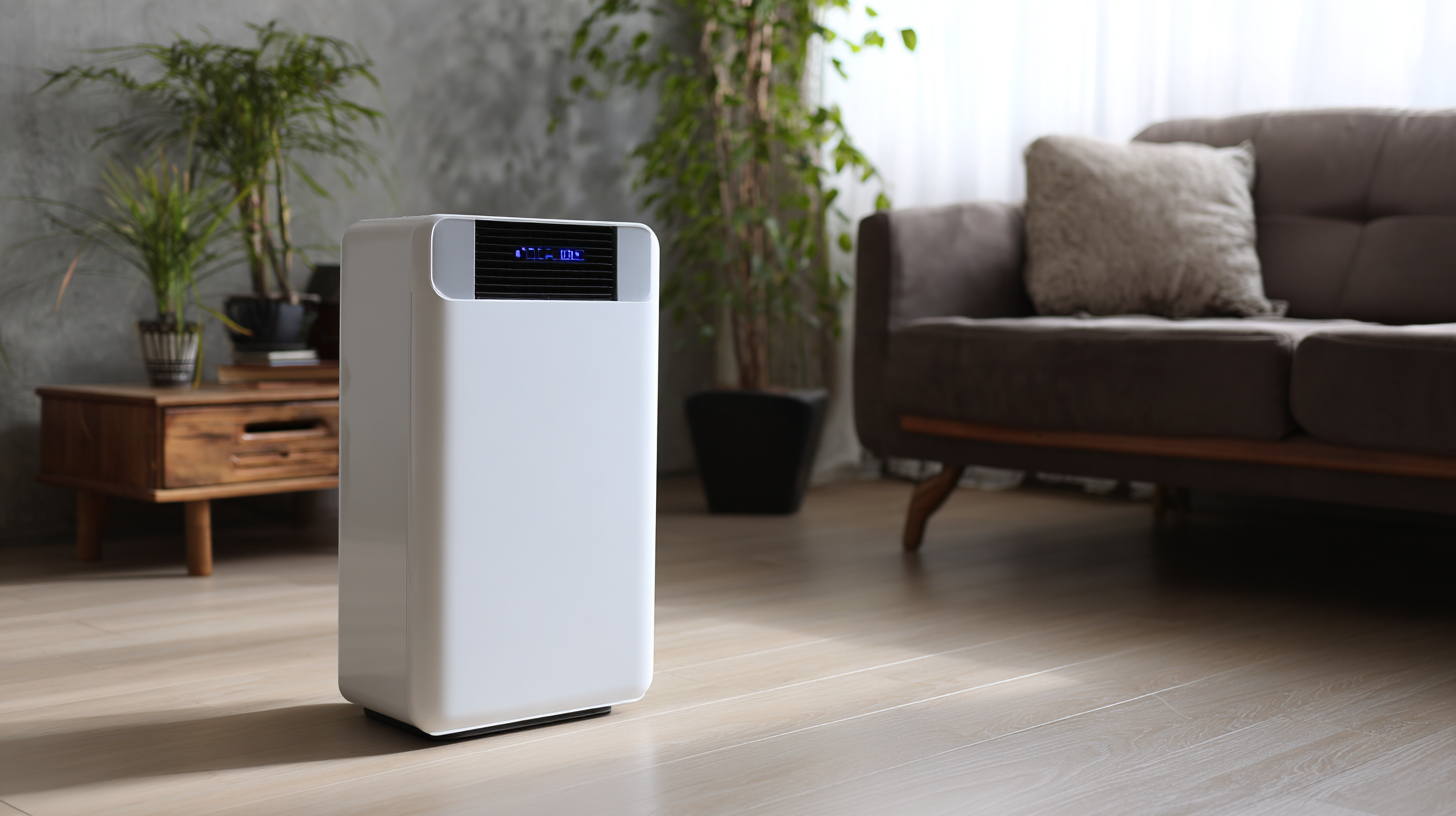
Importance of Air Purifiers in Modern Homes
In modern homes, the importance of air purifiers cannot be overstated. With increasing pollution levels and allergens present in the environment, maintaining clean indoor air is essential for health and well-being. Air purifiers effectively remove dust, pet dander, smoke, and harmful particles, helping to create a healthier living space. For families, especially those with young children or individuals with respiratory issues, investing in a quality air purifier is a crucial step towards ensuring a safe home environment.
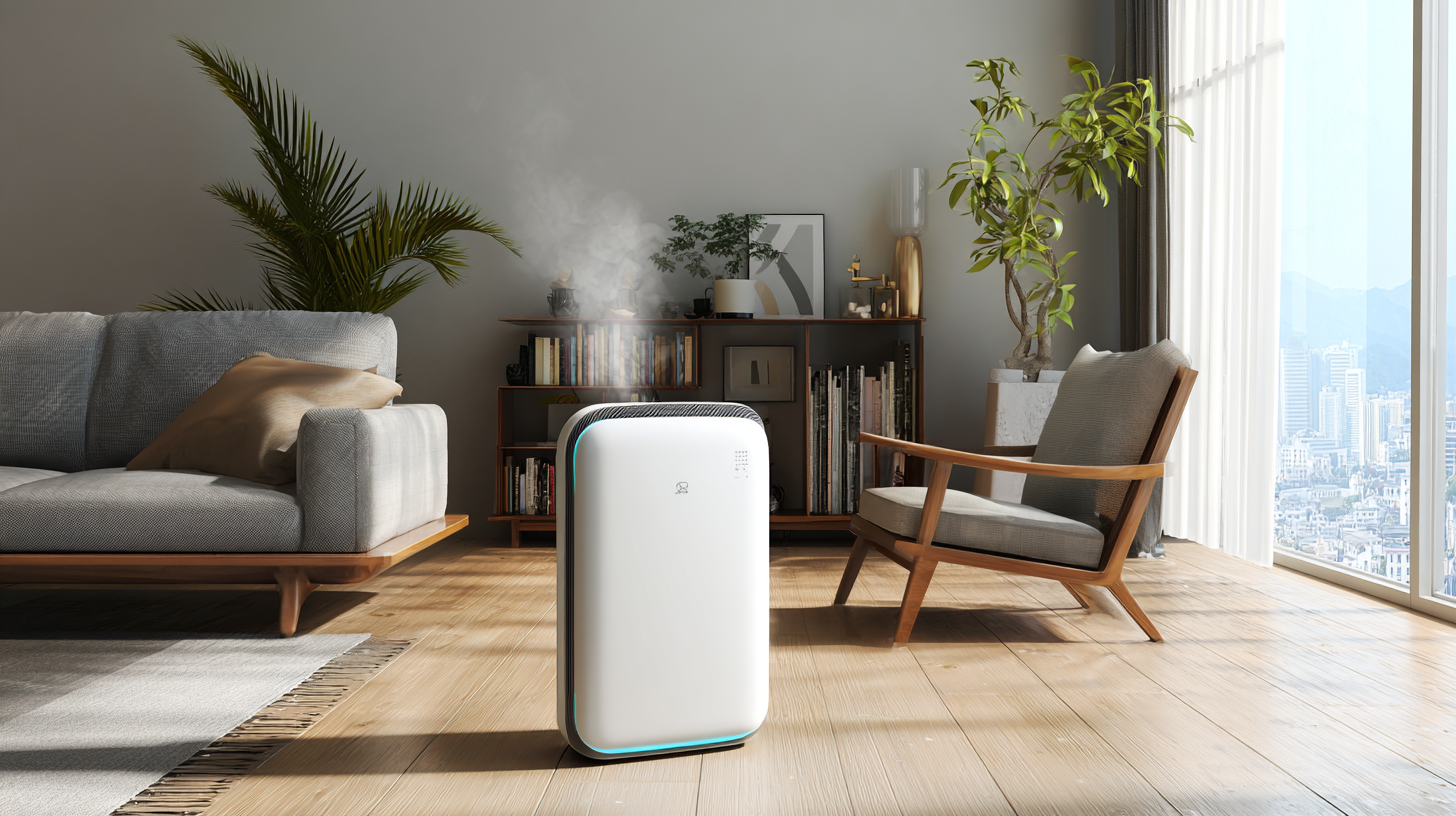
When choosing the right air purifier, consider the size of the room where it will be used. A unit that is too small will not effectively clean the air in larger spaces. It’s helpful to check the CADR (Clean Air Delivery Rate) rating, which indicates how quickly the air purifier can filter the air. Additionally, look for models with HEPA filters, as they are designed to trap 99.97% of airborne particles, providing superior filtration.
Another tip is to consider additional features such as smart connectivity or real-time air quality sensors. These options can enhance usability and ensure your home remains a sanctuary of clean air. Regular maintenance, including timely filter replacement, will also keep the air purifier functioning at optimal levels, maximizing its benefits for your home.
Key Industry Standards for Air Purifiers Explained
When selecting the best air purifier for your home, understanding key industry standards is crucial. Organizations like the Association of Home Appliance Manufacturers (AHAM) and the Environmental Protection Agency (EPA) play significant roles in establishing benchmarks for air purification performance. The AHAM certifies Clean Air Delivery Rate (CADR) ratings, indicating the volume of air that an air purifier can clean of specific pollutants, such as dust, smoke, and pollen, in a given timeframe. Higher CADR ratings correlate with more effective purification, guiding consumers in their purchasing decisions.
Additionally, consider the HEPA filter standard, which ensures that air purifiers trap at least 99.97% of particles measuring 0.3 microns or larger. This standard is essential for allergy sufferers and those concerned about airborne pollutants. Furthermore, the Energy Star certification guarantees that an air purifier operates efficiently, reducing energy consumption without sacrificing performance. By familiarizing yourself with these industry standards, you can confidently choose the right air purifier that meets your specific needs and maintains a healthy indoor environment.
Air Purifier Efficiency by CADR Ratings
This chart displays the Clean Air Delivery Rate (CADR) of an air purifier for different pollutants. Higher CADR values indicate better performance in removing dust, pollen, smoke, and pet dander from indoor air.
Evaluating Air Purifier Features and Specifications
When it comes to choosing the right air purifier for your home, evaluating its features and specifications is crucial. Start by considering the Clean Air Delivery Rate (CADR), which indicates the volume of clean air that the purifier delivers per minute. A higher CADR means more efficient air filtration, effectively removing dust, allergens, and other pollutants. Additionally, check the filter types used; HEPA filters are the gold standard for capturing small particles, ensuring a healthier indoor environment.
Another important specification to look for is the air purifier's coverage area. Make sure to select a model that matches the size of your room for optimal performance. Also, pay attention to the noise levels; some air purifiers can be quite loud, which may disrupt your daily activities or sleep. For those sensitive to noise, seek models with a “quiet mode” or those specifically designed for low sound operation.
Tips: Always look for energy-efficient models, as these can save you money in the long run while providing excellent air quality. Additionally, consider features such as smart technology that allows for remote control via smartphone apps, giving you flexibility and ease of use.
Top Features to Look For in a Home Air Purifier
When selecting the best air purifier for your home, there are several key features you should consider to ensure optimal air quality. One of the most important elements is the filter type. HEPA filters are highly effective in trapping small particles, including dust, pollen, and even pet dander. Additionally, models that incorporate activated carbon filters can significantly reduce odors and harmful gases, enhancing the overall air environment in your living space.
Another crucial feature to look for is the Clean Air Delivery Rate (CADR), which indicates how efficiently the air purifier can remove pollutants from the air. A higher CADR rating means better performance; therefore, it's essential to choose a purifier suitable for the size of the room. For larger areas, consider units with adjustable fan speeds to maintain optimal air quality without excessive noise.
Lastly, check for additional functionalities like smart features, which allow remote control and monitoring of the air quality through your smartphone. It’s also beneficial to have a filter replacement indicator, ensuring that you change filters regularly for continuous efficiency. Taking these features into account will help you select an air purifier that meets your home's specific needs.
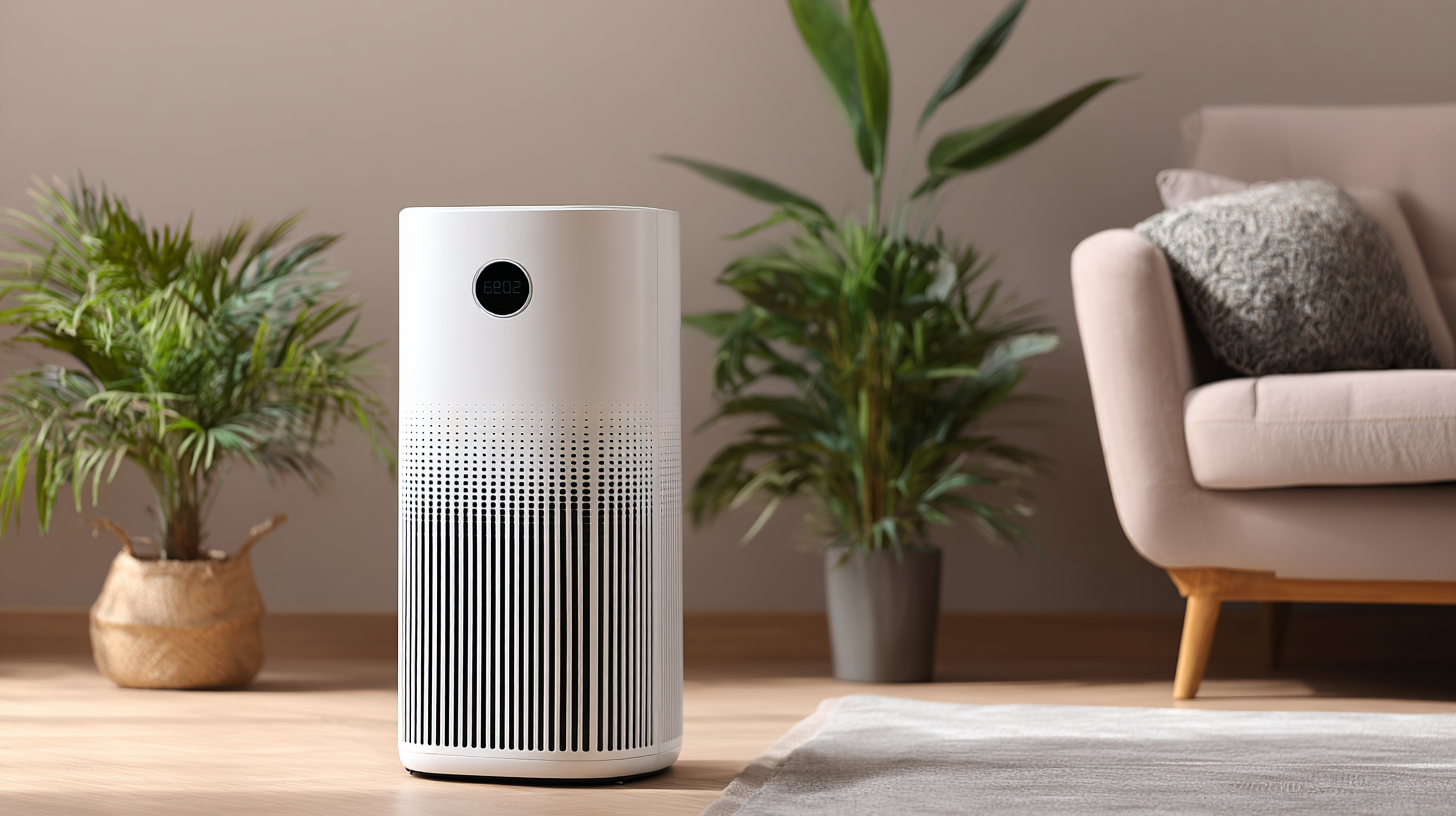
Choosing the Right Air Purifier: Common Misconceptions and Tips
When selecting an air purifier for your home, misconceptions can lead to ineffective choices. One common myth is that all air purifiers use the same technology. In reality, there are various types including HEPA, Activated Carbon, and UV light purifiers, each designed for specific purposes. According to the American Lung Association, true HEPA filters can capture up to 99.97% of particles as small as 0.3 microns, making them crucial for allergy sufferers. Understanding these distinctions helps consumers make informed decisions tailored to their needs.
Another misconception is that higher price always equates to better performance. A Consumer Reports analysis found that some budget-friendly models effectively reduce indoor pollutants without breaking the bank. When choosing an air purifier, it’s essential to consider not just the price, but also the Clean Air Delivery Rate (CADR) which measures the efficiency of air cleaners. The higher the CADR, the more effective the purifier at removing specific pollutants. By debunking these misconceptions and focusing on key metrics, consumers can select an air purifier that truly enhances their indoor air quality.
Understanding Industry Standards for the Best Air Purifier for Home and How to Choose the Right One
| Feature | Description | Common Misconceptions | Tips for Choosing |
|---|---|---|---|
| HEPA Filters | Highly effective at trapping small particles, including dust and pollen. | Some believe all filters labeled 'HEPA' are equally effective. | Look for true HEPA filters with 99.97% efficiency at 0.3 microns. |
| CADR Ratings | Indicates the volume of air cleaned by the purifier, rated for specific pollutants. | Many overlook the significance of CADR ratings. | Choose a purifier with a high CADR for your room size and pollutants of concern. |
| Noise Levels | Refers to the sound produced by the air purifier during operation. | Some think all purifiers are noisy. | Check the decibel rating; look for units with a quiet mode for nighttime use. |
| Room Size Compatibility | Ability of the purifier to effectively clean the air in a designated area. | Many underestimate the importance of room size ratings. | Choose an air purifier rated for a room > your actual size to ensure efficacy. |
| Filter Replacement Cost | Ongoing costs associated with maintaining air quality through filter changes. | People often ignore long-term costs and only look at upfront prices. | Factor in the cost of replacement filters and estimate regular maintenance. |






